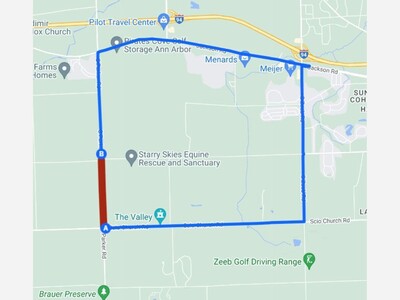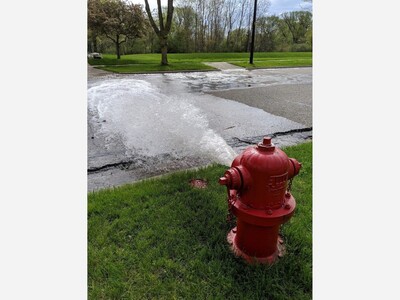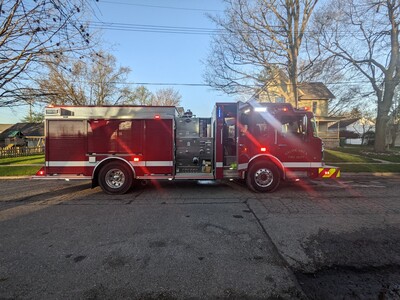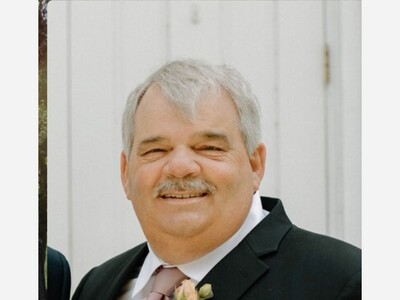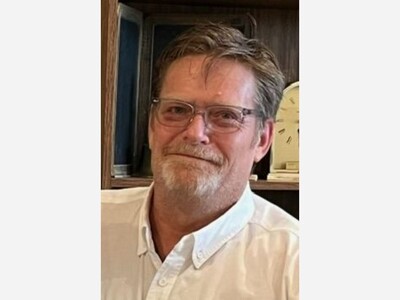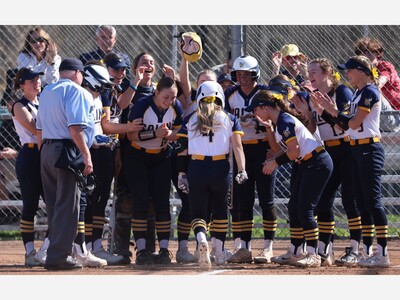Saline Area Schools Facilities Study Finds $50 Million in Needs
The sky isn’t falling and the Saline Area School district’s buildings are in good shape. But the district’s facilities are in need of about $50 million in improvements over the next 10 years.
Those are the findings of a Barton Malow facilities study presented to the Board of Education Tuesday night.
Jeff Atkins, project director for Barton Malow, told the board that while the district’s buildings are in good shape, they were built or renovated more than 10 years ago, and that they will soon need work.
“Roofs, parking lots and mechanical systems are things that generally have a life span of 15-25 years. We’re coming up on that,” Atkins said. “We’ve identified $50 million of improvements over the next 10 years. That may cause sticker shock, but that’s really not a lot of money over a 10-year program.”
Included in that $50 million is about $12 million in upgrades to the district’s technology infrastructure
The facilities study will be used in the district’s strategic planning process that will begin in November.
“Tonight’s presentation is not about a bond issue. It’s a data point in a conversation about unmet needs,” said Scot Graden, Superintendent for Saline Area Schools.
The resulting strategic planning document may or may not become the basis for asking the public to support a bond to pay for facilities and other district needs. Despite Graden’s comment, there was significant discussion about a bond issue at during the Barton Malow report.
The existing sinking fund millage, which expires in 2018, can be useful in tackling some of the needs, Atkins told the board. He has also had some discussion with Stauder Barch, the district’s financial planner, about ways to finance the improvements. Atkins noted that Barton Malow was 19-for-20 in getting the public to pass bond issues.
Board President Lisa Slawson ran into disagreement from Trustee Todd Carter when she said the board understood the need for a bond.
Slawson asked Carter why he believed a bond was unnecessary.
“The current tax burden is sufficient. There is a very large component of Saline who will say no. The public defeated (two) recent bond proposals. I think it will be an uphill battle,” Carter said. “But I’ll be more than happy to get behind it if you can show me the numbers.”
The facilities study may force the board to make difficult decisions about Liberty School, which is currently used for administration offices, community meetings, recreational space, the Liberty Club program, special education programs, Community Education and other district activities. It’s also going to cost about $6.8 million to bring it up to state energy efficiency standards. Atkins told the board the district’s natural gas expenditure was $0.47/square-foot, about seven cents higher than the state target. Most of the overage is due to Liberty School, he said.
In terms of electricity, the district is spending $0.81/square-foot, about 21 cents over the target range.
Atkins cited the Plante Moran study which shows enrollment dropping from 5,299 last year to 4,686 in 2016/17. He said the elementary schools are currently at optimum capacity while the middle school and high school have excess capacity.
The $12 million in technology upgrades includes enhancements that directly impact instruction, such as new devices, enhanced video streaming systems, flat panel displays, projectors, interactive whiteboards, real-time assessment tools and more.
“We’re trying to determine what instruction will look like in Saline over the next 10 years and plan for that. This study will be key in the way it fits into the planning process,” Graden said.
The technology upgrade also includes phone system infrastructure, network enhancements, energy saving devices, device management systems and a cabling upgrade.
Again, the talk shifted toward a bond. Trustee David Zimmer noted that other Washtenaw communities have rejected technology bonds. He said people are opposed to the idea of borrowing for 20-years to finance equipment that will be obsolete in seven years.
Paul Twigg, of Barton Malow, said a bond that includes technology and other facilities upgraded can be paid back so that the technology expenses are paid back first.
The $50 million price tag does not include many aspects of the bond proposal rejected in 2011, which also included items such as a new fleet of school buses and food service equipment.
More News from Saline
- Resurfacing Work to Close Part of Parker Road Starting April 23 The Washtenaw County Road Commission will close Parker Road between Scio Church and Liberty roads in Lima and Scio townships to resurface the roadway.
- With Lyme Disease on the Rise, Washtenaw County Health Offers Tips to Prevent Tick Bites Preventing tick bites is especially important as local cases of Lyme disease have increased dramatically in recent years,


